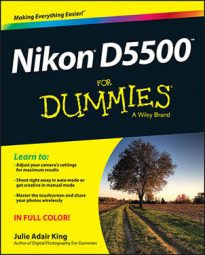The D5500 addition to the Nikon family of dSLRs doesn't skimp on power or performance, offering a great set of features to help you take your photography to the next level.
To help you get started using your camera, here's a handy reference to your camera's buttons, dials, and exposure modes.
Controls on your Nikon D5500 camera
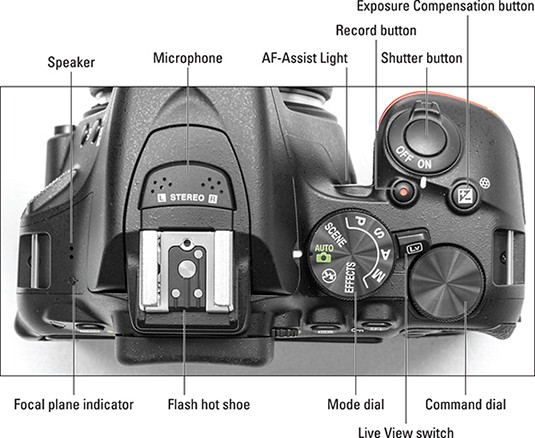
Next, take a look at the controls that you will find on the back of your Nikon.
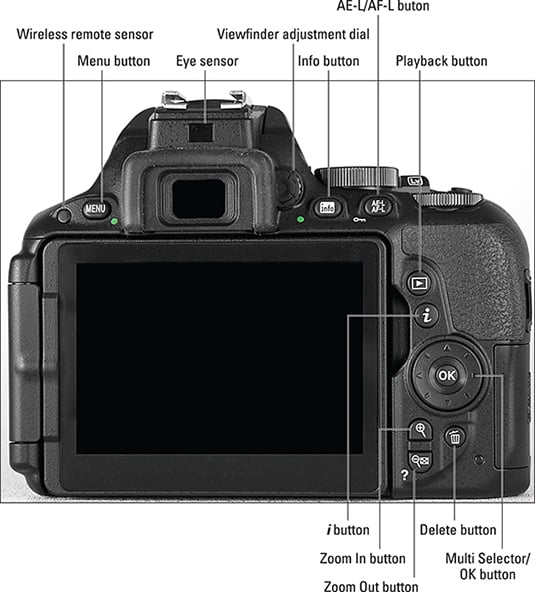
It’s a good idea to locate the flash and function buttons, as you will probably use these frequently.
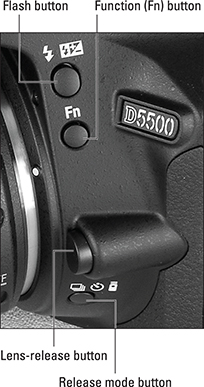
Also, make sure you check out the sides of your camera for some important storage access.
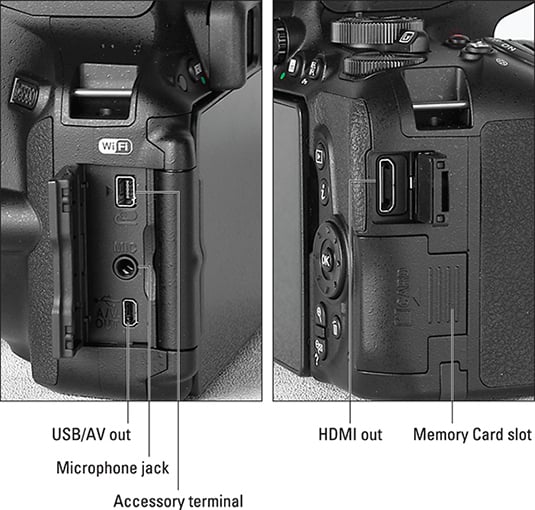
Automatic exposure modes
For photography novices, the Nikon D5500 offers automatic settings that enable point-and-shoot simplicity. In addition to Auto and Auto Flash Off, you can choose from more than a dozen Scene modes, which automatically select the best settings for different types of photos, such as portraits, landscapes, sports, and so on.
The settings listed here help you capture the most common types of subjects.
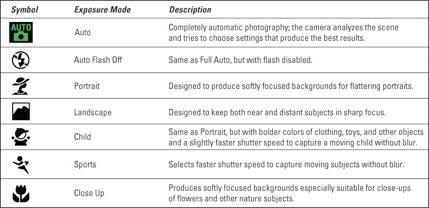
To access additional Scene modes, set the Mode dial to Scene and rotate the Command dial to select the scene type you want to photograph (portrait, landscape, sports, and so on).
There are five Scene modes that are most useful on a regular basis. For automatic photography using special effects, set the dial to Effects and rotate the Command dial to select an effect. (You can take advantage of Effects mode when shooting movies, too.)
Advanced exposure modes
To really take creative control over your Nikon D5500, step up to one of these exposure modes, which enable you to adjust aperture (f-stop) to manipulate depth of field (the zone of sharp focus) and to adjust shutter speed to determine whether moving objects appear sharply focused or blurry.
You also gain access to some features not available in the fully automatic modes, such as the option to adjust flash power and tweak colors.


